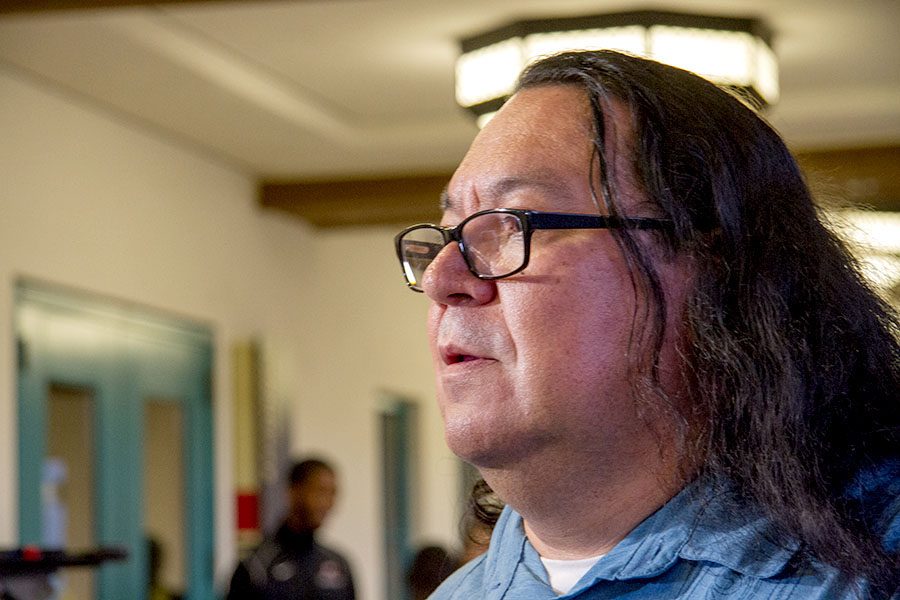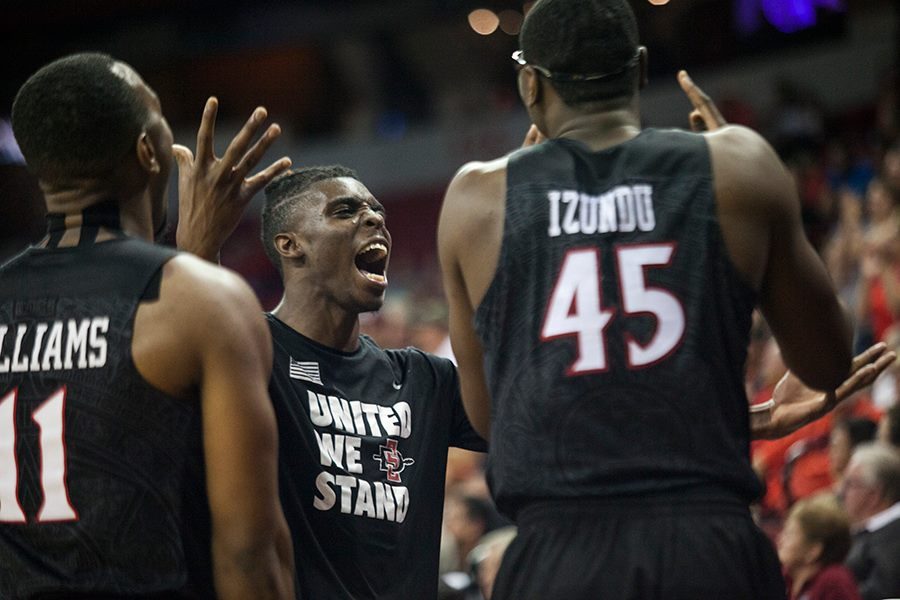Major blockbuster hits are coming soon and every moviegoer should be excited, but beyond the glitz and glam of Hollywood lies a very prevalent dilemma. Although movies can rake in big bucks for all people involved, people in the industry seem to forget a major component when it comes to films: racial representation.
Whitewashing is a common process in major movies where white actors are selected to portray characters of color. This not only can alter an entire plotline, but it also damages the reputation of the actors who should play such characters. By casting primarily white actors in leading roles, audience members are taught to admire certain physical traits not common in other races. This ultimately devalues other actors who are dismissed for roles that writers intended for someone of their features.
White actors and actresses held 76.3 percent of speaking roles in top grossing films in 2012, according to a study from USC. Black actors held 10.8 percent of speaking roles, while 5 percent were Asian and 4.2 percent were Hispanic.
Not only does this mean that other races are extremely underrepresented, but audience members also can’t hold the same connection as they would if they saw someone of their own ethnicity in a leading role. The fact that this is a norm in the media, where the underrepresentation of people of color is expected, only adds to the assertion that Caucasians are the only actors who can carry out major lead roles.
Audience members are so used to seeing white actors in lead roles, that when a person of color does the same, it’s seen as a movie only directed to those who could identify with that particular race. White actors have become the default even though they should be just as equally represented as actors of color.
The Last Airbender was arguably the worst film of 2010. Aside from its grade B effects, the lead roles were almost all played by white actors. The Asian actors who were cast in the film were given only minor roles. Although Dev Patel played Prince Zuko and that was a step in the right direction, the original TV series the film is based on had no Caucasian characters.
Maybe being directed by M. Night Shyamalan could be the culprit behind such injustice, but look at the major film franchise “The Hunger Games.” The actors in these films of course are top actors, but there was still a huge uproar over the casting of Jennifer Lawrence. When the search for Katniss began, the casting call asked for white females even though the book explicitly states Katniss has dark hair and olive skin. Although the author of the series never states what her ethnicity should be, the fact that casting directors directly sought out strictly white females is a problem in itself.
Those aren’t the only films guilty of whitewashing. This epidemic has plagued major films for decades. In 1963, Elizabeth Taylor was cast in “Cleopatra” to play an Egyptian. Laurence Olivier played Othello in what could have been an iconic role for an aspiring black actor in the 1960s. And let’s not forget Mickey Rooney’s portrayal of a Japanese man in the ever-popular “Breakfast At Tiffany’s.”
Racial minorities are severely underrepresented in today’s films. Too many times have audience members had to sift through films of the same actors while actors of color are dismissed for such potential roles. Those who identify with the minority could never comfortably say he or she feels represented in media. The media will never be culturally representative until it recognizes the potential of racial diversity in all aspects of film and television.









